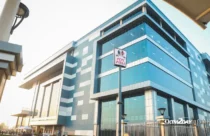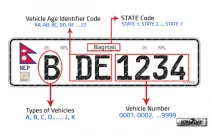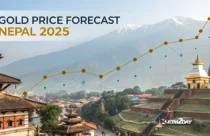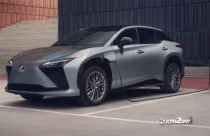Government’s new luxury taxicab plan hits roadblock
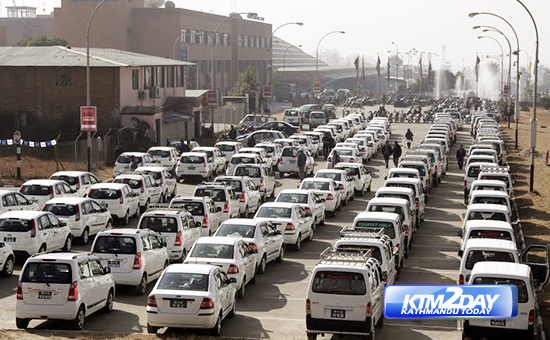

The government’s plan to put 1,850 new luxury cabs on the streets of the Kathmandu Valley has hit a snag due to trade restrictions at the Birgunj border point.
The Department of Transport Management has distributed 1,340 cab licences but only a few vehicles have been imported so far.
The scheme aims to offer value for money and a more comfortable ride to taxi passengers who have been forced to travel in dilapidated cabs.
According to the department, it has issued 640 licences to old taxi owners and drivers out of their quota of 650 permits. Likewise, 700 licences had been designated for start-up entrepreneurs. The 700 licences for start-up entrepreneurs were issued through a lucky draw. The remaining 500 licences to be issued to applicants holding B category driving licences and plan to drive the cabs themselves is set to be distributed on January 23.
Licences under this category too will be distributed through a lucky draw.
The Transport Management Office, Bagmati had received a phenomenal response from applicants wishing to acquire new taxi licences. The department had been inundated with 15,751 applications for 1,850 taxis. “Originally, the department had set a target to distribute the licences by last Dashain, but the April 25 earthquake delayed our plan,” said Rajesh Poudel, chief of the Small and Big Vehicles Division at the Transport Management Office, Bagmati. “Subsequently, the blockade affected our plan to import new taxis.”
The government had then planned to distribute the licences by mid-December last year, but it missed the deadline again. “The Ministry of Physical Infrastructure and Transport has set a provision that licence holders should complete the taxi registration process by mid-July,” Poudel said, adding that if they missed the time limit, the government would revoke their licences. The government has issued new taxi licences for the first time in 15 years. As per the department’s statistics, there are 5,650 taxis currently operating in the valley.
There were 7,500 taxis in Kathmandu in 2000, when the population of the valley was estimated to be 1.3 million, according to government figures. The population has swelled to an estimated 4 million presently.
Realizing the need to cater to growing demand, the government had decided to add 2,850 new taxis.
Besides the 1,850 new taxi licences allocated for entrepreneurs and the general public, 500 licences has been set aside for earthquake survivors and their families. Another 500 permits have been reserved for companies to operate deluxe and super deluxe taxis where transport companies can compete.
After the new taxis appear on the valley’s streets, the fares too will be revised. The current fare will remain unchanged for new 800 cc taxis. However, the fare for deluxe taxis with a 1,200 cc engine will be 20 percent higher and those for super deluxe taxis with a 1,300 cc engine will be 50 percent higher, according to the department.



